On Oct. 19, 1781, the defeated British troops marched out of Yorktown and across the field to surrender to the Americans and their French allies, while the British played the tune of “The World’s Turned Upside Down.”
The Battle at Yorktown was not the end of the American Revolution, which would not officially come for another two years. But it was a smashing victory over the British, and, much as they hated to admit it, the British government overseas knew it spelled the end of their effort to reclaim the colonies and the start of true American independence.
British Prime Minister Lord North, when he heard about the surrender at Yorktown, declared in despair, “Oh God. It is all over. It is all over.” A few months after that, the British government authorized negotiations for peace with the Americans, and Lord North resigned. But the American perspective could not have been more different than Lord North’s. For us, it was not all over — it was just beginning. We would have our own nation, founded in liberty.
Gen. George Washington at Yorktown squared off against an old foe — Charles Lord Cornwallis, as American Battlefield Trust explains. Years before, after the Battle of Trenton, Washington slipped away cleverly under Cornwallis‘s nose even while Cornwallis confidently declared he would “bag the old fox.” Once again, the old fox would outwit the smug aristocrat, and in such resounding fashion that no other square-off between the two would ever be necessary again.
Read Also: Columbus Day Was Established to Combat Ethnic Prejudice
Washington’s men had much more experience this time, and they were reinforced by the French army and naval forces under Comte de Rochambeau and Comte de Grasse, swelling their numbers. Among Washington’s assets were the inside information of slave-turned-double-agent James Armistead Lafayette, the daring of officers like Alexander Hamilton and John Laurens, an impressive array of artillery, and the double advantage of forces both on land and sea.
The siege began on Sept. 28 and continued till Oct. 17, when the British offered to surrender. The American and French bombardment had been very damaging, and the daring capture of the British fortifications at Redoubts 9 and 10 brought this devastating besieging line even closer to the town. The official surrender, which included British troops giving up their weapons, came two days after the initial negotiation.
Cornwallis was so humiliated that he couldn’t bring himself to surrender in person, sending Brigadier General Charles O’Hara in his stead. O’Hara tried to surrender his sword to Rochambeau, but the French commander would not allow that insult to the Americans to pass, and pointed O’Hara to Washington.
In his turn, Washington depressed British pride by directing O’Hara to his second-in-command, Major General Benjamin Lincoln. For Lincoln, the surrender was doubly sweet, because he had himself been shamefully treated by the British during a previous American surrender.
Now the Americans had humbled British pride in the dust and could make their terms for surrender. Truly, the world had turned upside down.
Editor’s Note: Support and follow PJ Media’s latest reporting on Democrat violence and President Trump's historic work in the Middle East. Join PJ Media VIP and use promo code POTUS47 to get 74% off your membership.




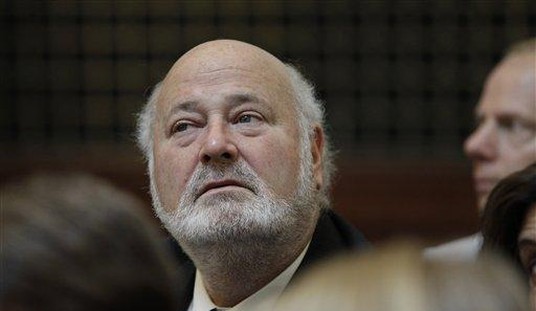
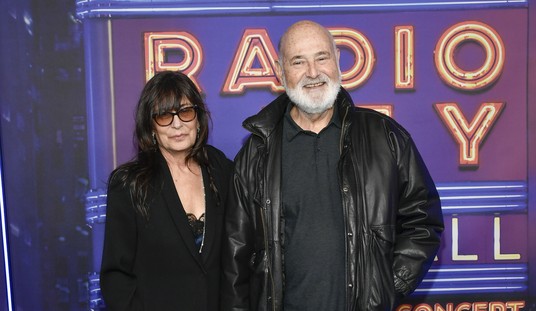
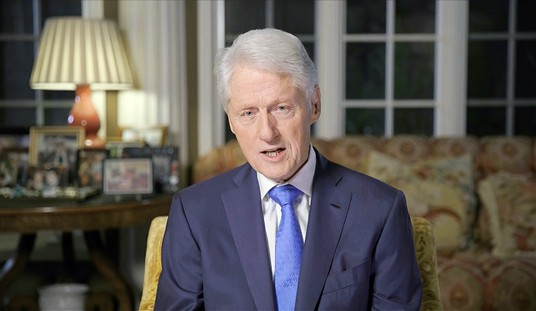

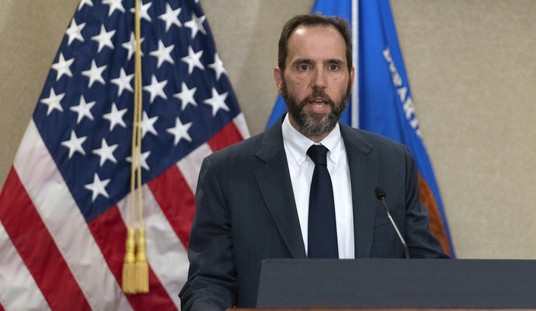
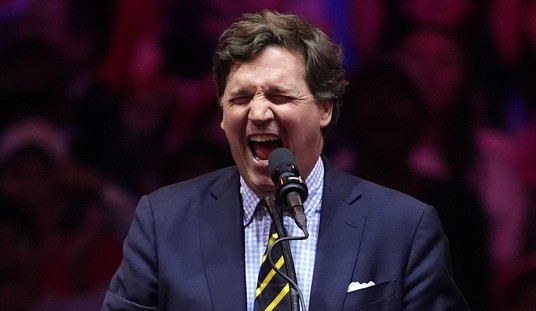
Join the conversation as a VIP Member